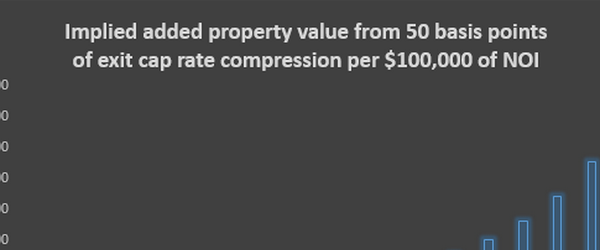Decades ago it was common for consumers to invest in the stock market by placing an order through the phone to alive broker, who would look up what potential investments could be made for his client in several potential exchange markets. While such services can be very beneficial to potential investors, the invention of the Internet has given would-be buyers a more convenient way to barter shares: online trading programs.
Currently there are many companies on the internet willing to handle your investing needs, each with different histories, features, and services. Some offices only make exchanges and not do much else; others are hybrid companies that can offer the advantages of an online company along with the option to talk to a real broker over the phone.
A relatively recent development in online investing is the trading system, which is an automated program that can track specific trends in an exchange and tell whoever is using the program when exactly to trade his or her stocks. Such a program can either be purchased by a customer outright to track independently or the customer can obtain relevant data through a subscription to a company’s specific trading system.
There are several different parameters that these programs can track in a certain market, including a moving average, Bollinger Band, and relative strength.
A moving average tracks a security’s value over specific periods of time. Usually a moving average can be analyzed by intersecting trends in a short-term time period (14 days, for example) and a longer one (e.g. 49 days); if the short-term average crosses over the long-term trend line, then a upward momentum is taking place, while if the short-term average falls below its long-term counterpart then it would be considered downward momentum.
The Bollinger Band, developed by techincal trader John Bolinger, takes the trends of the moving average a step further and projects two more trend lines two standard deviations above and below the moving average.
The purpose of this type of analysis is determine the volatility of a market while also comparing actual results to the band itself; if the actual data is closer to the top band, then the market is more overbought, while the opposite is true for the lower band.
The relative strength parameter is a direct comparison of how well a specific stock is performing versus competitors in the same industry. This classification can be very useful when a potential trader wants to decide on which business he or she should invest in within a certain category of businesses.
A specific trading system can be custom-tailored to each individual’s needs by forming certain rules for buying and selling, such as only buying when the relative strength of a company is at least a certain value. Such rules can be created by using only one parameter or combining several different criteria for more specific results.
There are several advantages to using an automated system as opposed to deciding on everything by yourself. First of all it can potentially save a lot of time; since investors do not have to make the transactions themselves, a lot of time spent on analyzing and bartering is freed up for other pursuits while the computer takes care of the rest.
Another good point about this method is that since the computer is making all of the decisions, all of the emotion is taken out of the process. This narrows transactions down to an automatic decision based upon trends, data and facts instead of assumptions and other human inefficiencies that could possibly limit profits in this potentially lucrative business.
However, there are some potential disadvantages to this computerized method of investing. Setting up the ideal algorithms and rules for the program to track can take a lot of time and testing, and the complexity involved can make it seem like a daunting task.
In addition, since all transactions are done automatically the commission for each trade can add up to a large sum if let alone and not accounted for by the buyer.
Even with the risks involved, an automated program that handles the exchange of shares can be a cost-effective substitute for an expensive stock broker.
While the advice of an experienced broker can be very valuable, it can also prove to be very costly; automated online systems analyzes trends which are not subjective, and ultimately adds another viable choice to a trader’s repertoire of tools for making informed investments.





































Comments